We may receive a commission when you use our affiliate links. However, this does not impact our recommendations.
When I have a visible split in a large slab tabletop, I’ll stabilize it with a wooden key, like I described here last week. But when it comes to the underside of a slab, I prefer to use a little pocket-hole jig to make a fast repair that is adjustable and easily removed if need be.
Keep in mind that I’m not trying to close the split – just keep it in check, so to speak.
The top here is oak, so I’m using the fine-thread screws from Kreg. For most splits, I use 1-1/4”-long screws. In this thick 2-1/2” top, I could use a longer screw without it blasting through the top, but 1-1/4” is usually fine.
The jig is a Kreg Mini, which is available at most home centers for $20 or less.
The process itself is simple: Clamp the jig so its front edge lines up with the split. By positioning it this way you will bore a clearance hole in one side of the split and a pilot hole on the other side of the chasm. That prevents the screw from “bridging” (where the threads engage on both sides of the joint) and makes the screw joint adjustable.
Bore the hole. Then move the jig to another location and put at least one hole on the other side of the split. This split is about 7” long and I used three screws across it.
Drive the screws. If you use a drill/driver, set the clutch so the screw doesn’t fully seat. You don’t want to close the split and distort the tabletop. Finish seating the screw by hand. I drive the screw until it kisses the bottom of the hole (yes, I’m allowed to write those words in that order).
If the split closes up over time (it can happen!), you can also tighten the screws to compensate. If something goes awry some day, you can remove the screws and take other action.
— Christopher Schwarz
P.S. And before you chap my hide with comments about pocket screws, they have been around a lot longer than your great, great grandpa <blows raspberry>.
Here are some supplies and tools we find essential in our everyday work around the shop. We may receive a commission from sales referred by our links; however, we have carefully selected these products for their usefulness and quality.



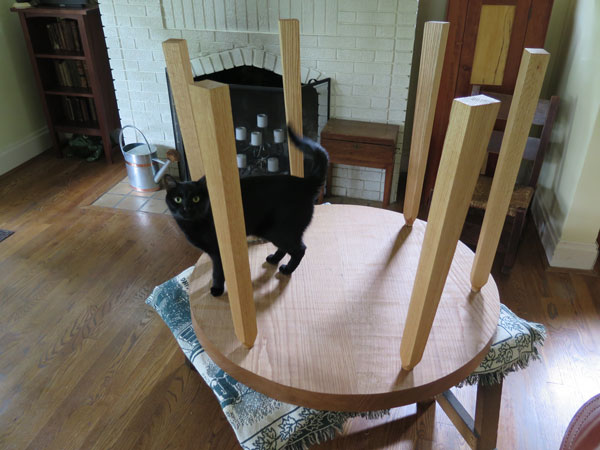
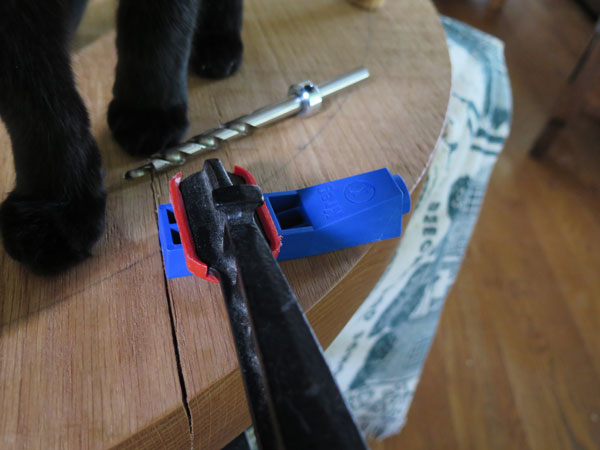
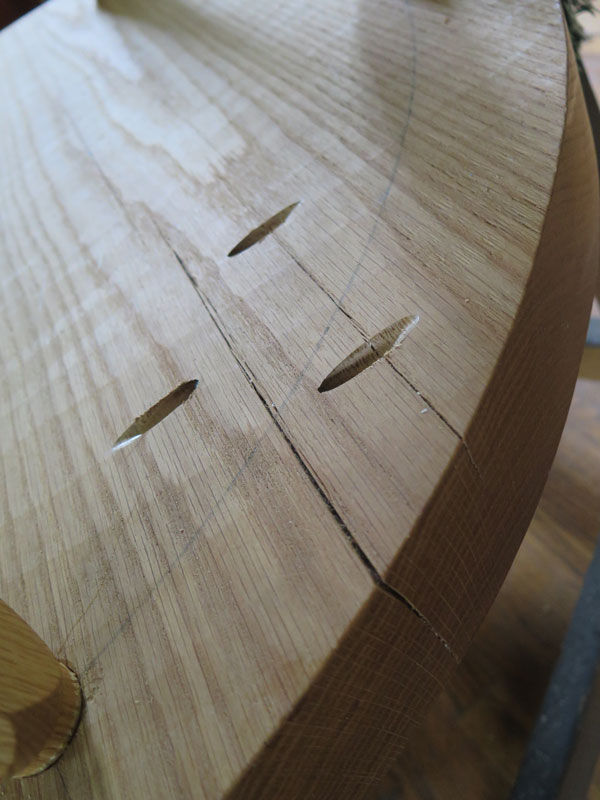
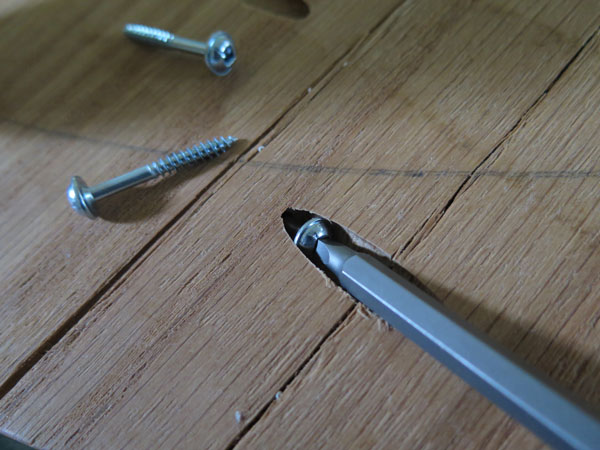
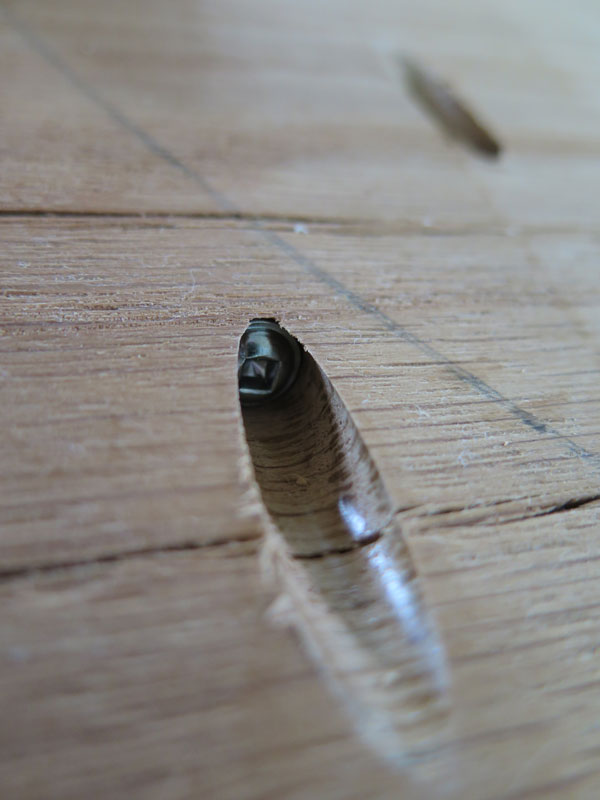





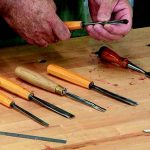
Is there some reason that you don’t put glue in the split and use the pocket screws to pull the sides together? I was also wondering if using your method to stop the split might make the surface split get worse. Or maybe I am answering my own question about why you aren’t closing the split.?
I just bought a Kreg set from my local Home Depot. (I needed it to finish a product I’d begun in my woodworking class, but the semester ran out before I could get to that stage of the project.) I think it’s a little more elaborate than the mini, as it cost around $30. I can see using it for some shop projects (a stand for my box fan, for instance).
Heretic. You know you’ll burn in hell for this. 🙂 🙂 🙂
I really wish I could take a Kreg jig back in time, and show it to some 15th Century woodworkers, for that matter a TS, Jointer, Planer, Domino, and electricity to run them………………… Just to see what changes we would see looking at old furniture. I’m guessing a lot.
True pocket screws go back to ancient Egypt, and contrary to their biggest detraction, no they didn’t rust out.
Cool post Chris.
The technique, in addition to doweling, has its roots in ancient Egypt. Egyptians clamped two workpieces together and bored a hole at an angle from the outside workpiece into the second workpiece. They then inserted a dowel with glue, and cut it off flush with the outermost surface.
I have a pocket hole jig, and have never used it. I may now, since my son-in-law has a split to deal with. And I love raspberries…especially in pie form.
LB
what about the second split running thru the two pockets intended to fix the larger split?
does it also need to be fixed; or what criteria do you use when determining whether or not to “fix” a split?
I also use pocket screws as clamps for assembling odd miters while the glue dries.
Tools are neutral. It’s what we do with them that matters.
Refreshing to see you bring this up. I’m not a pocket hole kind of guy but they are fine for some uses, at least in my book. Mostly shop jigs and fixtures for me. This is a good use I hadn’t thought of.